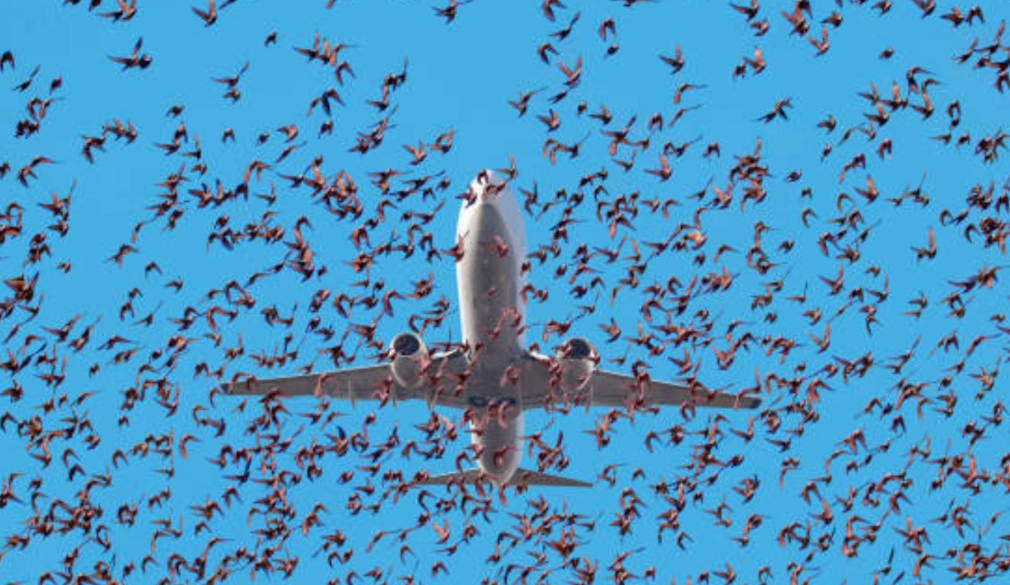The Impact of Corporate Videos on New Zealand Businesses: A Comprehensive Guide
- Written by Daily Bulletin

In today's fast-paced digital landscape, corporate videos in New Zealand have become an essential tool. They play a crucial role in marketing, communication, training, and more. This guide delves into the various ways corporate videos can benefit your business and provide a competitive edge in the market.
Enhancing Brand Visibility and Engagement
Corporate videos are a powerful medium for enhancing brand visibility and engagement. According to Wistia, companies hosting their videos saw a 15% increase in video plays and a 44% increase in total watch time in 2023 (HubSpot Blog). This shows the growing preference for video content among consumers and its effectiveness in capturing attention and engaging audiences.
Boosting Conversion Rates
Videos are highly effective at driving conversions. Studies show that incorporating videos on landing pages can enhance conversion rates by as much as 80% (Linearity). Additionally, video content in email marketing campaigns can lead to a 300% increase in click-through rates (Linearity). These statistics highlight the potential of corporate videos to convert viewers into customers, significantly boosting your sales and revenue.
Improving Communication and Understanding
Corporate videos are excellent tools for communicating complex information clearly and concisely. According to research by Wyzowl, 94% of marketers reported that videos have helped increase user understanding of their products or services (The DVI Group). This makes corporate videos ideal for product demonstrations, explainer videos, and internal training materials.
Increasing Website Traffic and Dwell Time
Videos can also play a significant role in driving traffic to your website and increasing dwell time. An impressive 86% of marketers noted an increase in web traffic due to video content, and 82% reported that videos led to longer visitor time on their websites (Vidico). This increased engagement can improve your website's SEO performance and overall user experience.
Building Trust and Credibility
Corporate videos featuring real people and authentic settings help build trust and credibility with your audience. According to the DVI Group, 87% of consumers stated that video quality impacts their trust in a brand (The DVI Group). By showcasing your company's values, culture, and behind-the-scenes processes, you can create a more relatable and trustworthy image for your business.
Case Studies and Success Stories
Many businesses have successfully leveraged corporate videos to achieve their marketing and communication goals. For instance, brands that use video marketing grow their revenue 49% faster than non-video users (Linearity). Moreover, 81% of marketers reported that video marketing directly increased their sales (The DVI Group). These success stories underscore the significant impact that well-executed corporate videos can have on business growth.
Choosing the Right Corporate Video Company in New Zealand
When selecting a corporate video company in New Zealand, consider the following factors:
- Portfolio and Experience: Review their previous work to ensure they can deliver the quality and style you need.
- Client Reviews: Look for testimonials and case studies from past clients to gauge their reliability and effectiveness.
- Creativity and Innovation: Choose a company that brings fresh ideas and innovative solutions to the table.
- Technical Capabilities: Ensure they have the necessary equipment and skills to produce high-quality videos.
Q&A Section
Q: Why are corporate videos more effective than other content types?
A: Corporate videos combine visuals, audio, and storytelling, making them more engaging and easier for audiences to understand and remember. This leads to higher engagement and conversion rates.
Q: How can corporate videos improve internal communication?
A: Corporate videos can effectively communicate complex information and training materials, making it easier for employees to understand and retain information.
Q: What should I look for in a corporate video company?
A: Look for a company with a strong portfolio, positive client reviews, creativity, and technical capabilities. They should also understand your business goals and communicate effectively.
Summary and Call to Action
Corporate videos have a profound impact on businesses in New Zealand, enhancing brand visibility, driving conversions, improving communication, and building trust. By leveraging the power of corporate videos, your business can achieve significant growth and success.
Ready to harness the power of corporate videos for your business? Contact Cawvideo today to discuss your video production needs and elevate your brand to new heights!







